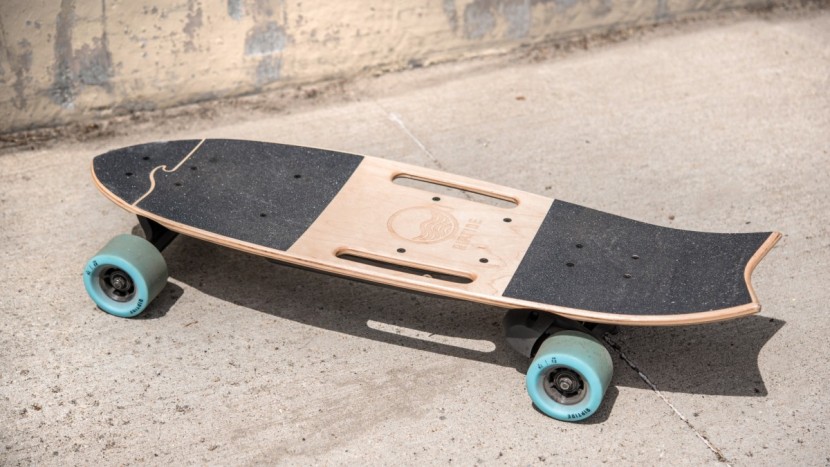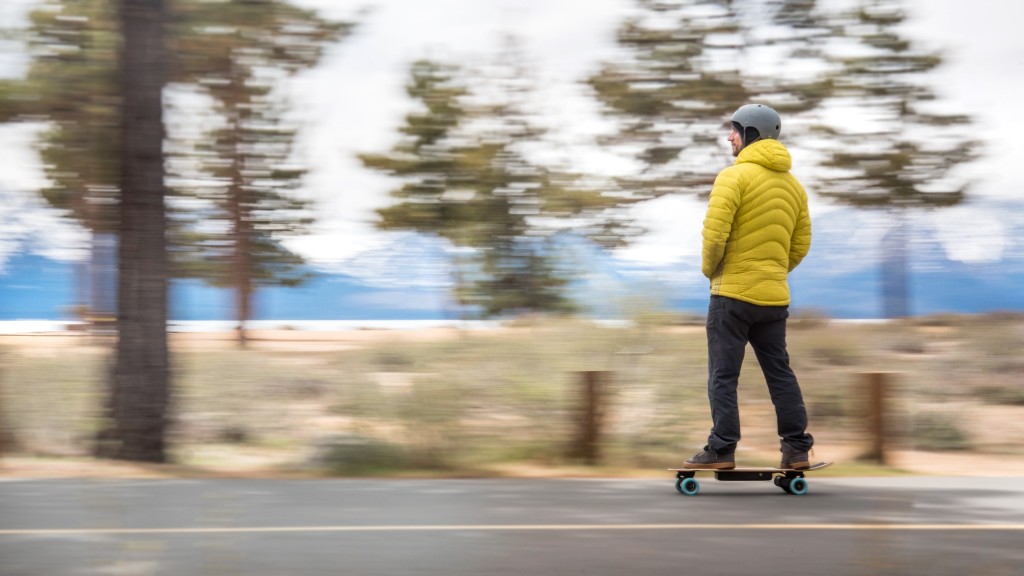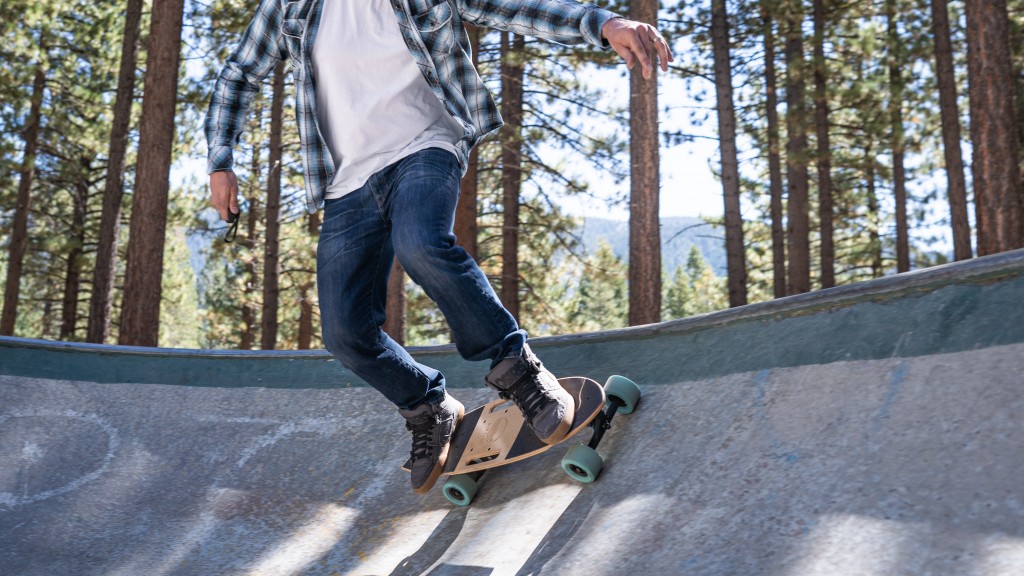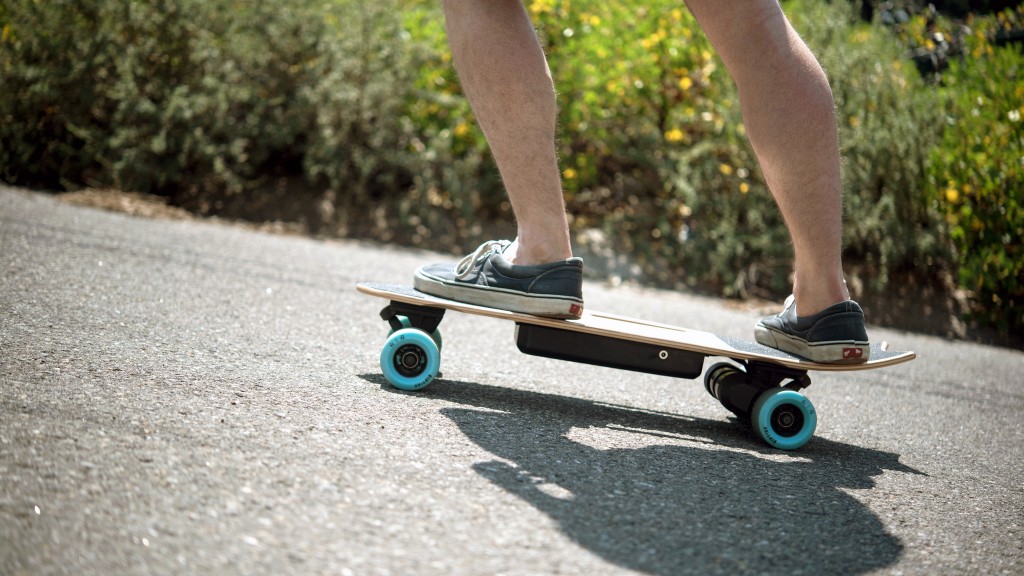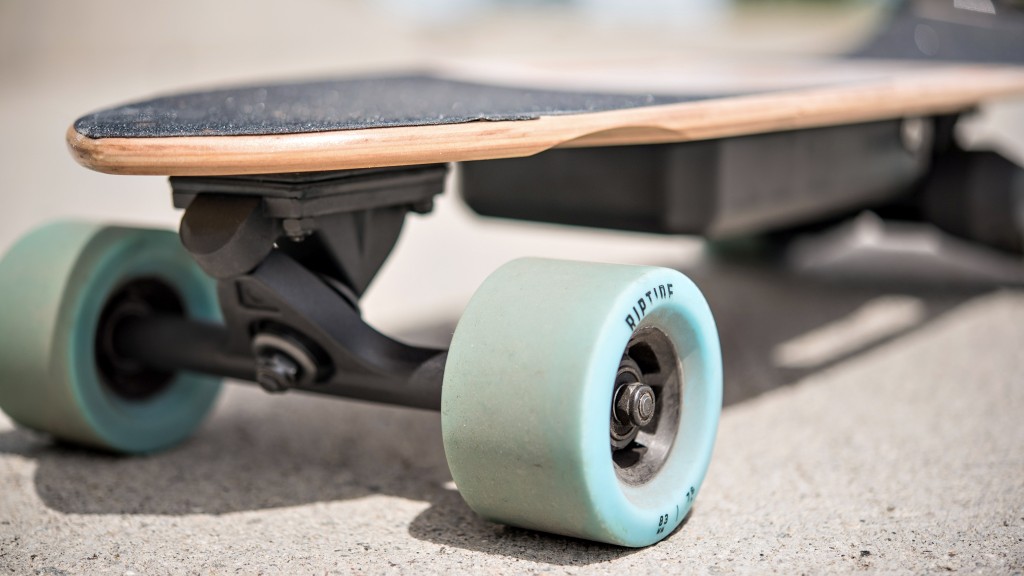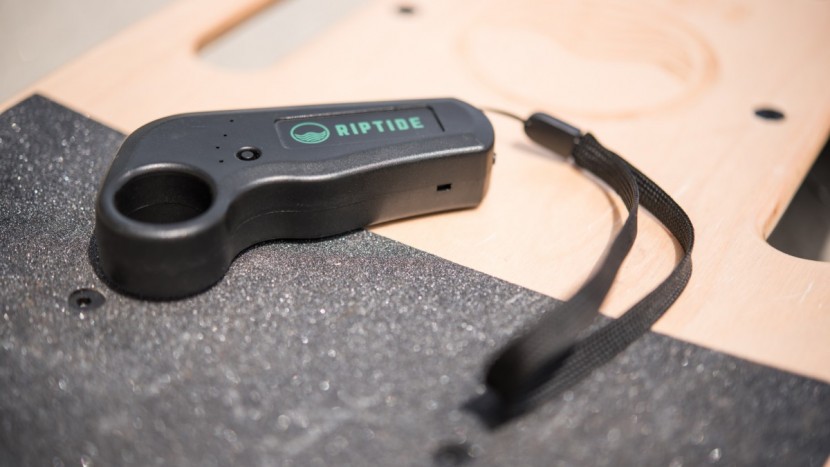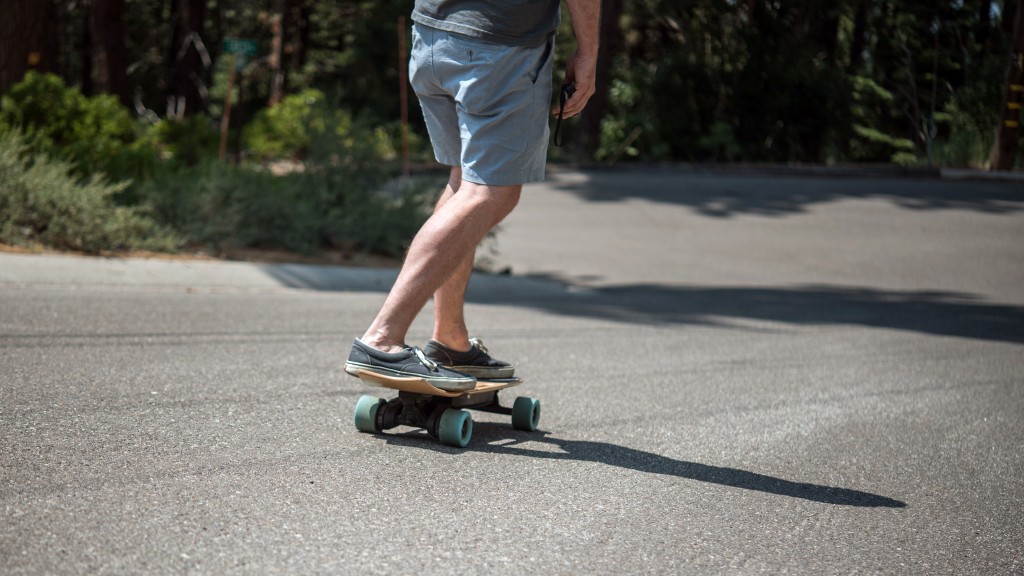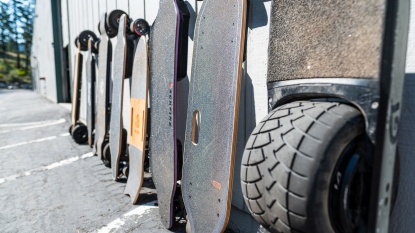Riptide R1 Review
Our Verdict
Our Analysis and Test Results
The R1 finished a couple of points behind the Inboard M1 and a handful behind the Boosted Mini S. While the R1 is a bit faster than both of these boards, it can't compete with either board when it comes to braking abilities or the Boosted when it comes to climbing hills. However, the Riptide costs less than half of the Inboard M1 and about $150 less than the Boosted.
To rank and score the relative performance of each skateboard, we have spent the past two years or so refining our testing process and buying all the best boards to test head-to-head and see which ones are the absolute best. We split our testing process into six weighted rating metrics, with the results of the Riptide in each of these tests described below.
Speed
Responsible for the largest portion of the total score, our set of speed tests is responsible for 25% of the total score for each skateboard. The Riptide actually delivered one of the better performances of the entire group, meriting a 7 out of 10 for its performance in the two tests of this metric: acceleration and top speed.
To determine the maximum speed of each board, we timed how long it took each one to travel across a measured distance on the flat level ground, giving it ample space to achieve its top speed before it crossed the start line. We gave each board three trials and averaged the results. The Riptide hit an average top speed of 19.9 mph in our test.
Next, we moved on to our acceleration test. The relative performance of this board dropped a bit, being a little slower than some of the other products right off the line, but regained some ground once it got up to speed. This board had an average time of 4.59 seconds, compared to the 3.17 of the fastest board, for a 50' course.
Range
Slowing down our tests slightly, we moved on to assessing the practical range of each of these products, worth 20% of the total score. We ran each board at a moderate speed (approximately 13 mph) on flat level ground, noting when it died completely and if it experienced any significant drops in performance as the battery level depleted. Next, we timed how long it took to charge a fully drained battery. The Riptide did mediocre overall, earning a 4 out of 10.
For the range test, the board made it approximately 8.7 miles before it called it quits.
However, the performance plummeted when the battery got to below 50% — about 6 or 7 miles into the test — with the maximum speed dropping to around 11 mph, even with the throttle on full. It also would have struggled to go up even the smallest hills. The speed continually dropped as the battery level got lower, right until the board couldn't continue on.
This board redeems itself a bit in the charge time test, only taking about 2 hours to completely charge the battery.
Ride
Next, we evaluated how it felt actually riding each board. We had a pretty good idea of how drawn to each board we were and how comfortable each one is after the previous metrics, which make up the bulk of the score for this metric. Additionally, we also evaluated and tested how each board handled bumpier terrain and cracks in the board. The Riptide again scored slightly below par, earning a 4 out of 10 for its performance.
The deck is a little on the stiff side, but has a nice kick tail and is slightly concave. It's a pretty fun little board overall, agile and fun to carve, but the twitchiness in its responsiveness to the remote commands makes it hard to be super drawn to it.
The stiffer deck and the shorter board definitely make it a bit jarring to ride over rougher roads. It handles cracks like a normal shortboard and occasionally can lose power briefly going over larger cracks.
Hills
The performance of the Riptide improved slightly in our Hill metric, though it still didn't amaze, earning a 5 out of 10 for its results. The test for scoring the boards was very straightforward — we simply ran each board up progressively steeper hills until it could no longer make it. This metric is responsible for 15% of the total score for each board.
The Riptide successfully made it up both the 5% and the 10% hills without issue, though it would be a stretch to say it zipped up the 10% hill. The R1 even made it up the approximately 15% grade hill, but it went amazingly slow. Saying it crawled would be appropriate and might even be faster to just walk.
Build
For our Build metric, worth 10% of the total score, we looked at how responsive each board is to the remote commands, how ergonomic the remote is, the weight of the board, how responsive the customer support is, and if it has regenerative braking. The Riptide delivered another middle-of-the-road performance, earning a 5 out of 10.
This board is actually one of the lighter ones of the entire group, weighing in at 13.6 lbs.
Additionally, it also has built-in handles, making it even easier to carry on public transport or in a car.
The remote feels nice and solid to hold and is quite ergonomic and comfortable. However, we felt that the board's response to the remote commands wasn't always the most predictable, and there was occasionally a slight delay that can be very off-putting.
Customer support seems decent enough, though we were a little bummed that we had to go through a ticket system first rather than being able to contact someone directly. The Riptide does have regen braking, earning it a few extra points.
Braking
For the final 10% of the total score, we assessed the braking ability of each board, basing the score on the performance of each product in two different tests: downhill speed control and stopping distance on flat ground. The Riptide did decently well, earning another 5 out of 10 for its results.
This board didn't do amazingly well in our first test, taking quite a long way to stop. Out of our three trials, it took an average of 66' to stop from a moderate speed. It did slow down enough to jump off and run it out after 35-40'.
It does a little better controlling your downhill descent speed. It does fine on the 5% and 10% grades, but usually won't stop completely. It regulates the speed to between 6-10 mph, but can struggle and get a little sketchy the longer the hill is.
Value
This board is a decent value and is definitely the best you can get for $600 or so.
Conclusion
While this board is fine, we would usually recommend saving up and just spending $150 more or so for a board that is significantly better.



